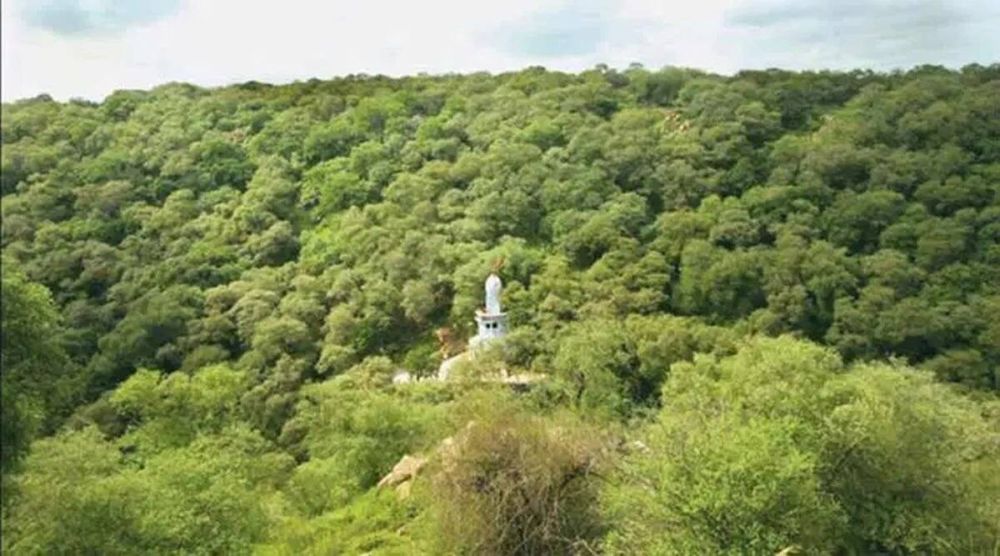

The Banni Grasslands Reserve, located in the Kutch district of Gujarat, India, is one of the largest grasslands in Asia. Spanning an area of approximately 2,500 square kilometers, it represents an extraordinary ecosystem, rich with indigenous flora and fauna. The history of tourism in the Banni Grasslands is relatively recent, with the area gaining attention for its unique landscape and the cultural heritage of the local communities.
The Banni Grasslands are reputed to have formed through the sedimentation processes of the Indus River, giving rise to a flatland, dotted with numerous wetlands (locally known as 'chhands'). Historically, the region has been inhabited by various pastoral communities, including the Maldharis, who are well-known for their traditional knowledge of the ecosystem and livestock management.
Tourism in the Banni Grasslands began to develop in the late 20th century. The uniqueness of the grassland ecosystem, coupled with the rich cultural traditions of the Maldhari tribes, sparked curiosity among travelers and naturalists. In more recent years, efforts by the government and non-governmental organizations to promote eco-tourism have significantly influenced the region's visibility as a tourist destination.
Tourism has brought economic benefits to the local communities but has also raised concerns about the impact on the ecology and the traditional lifestyles of the grassland's inhabitants. Initiatives for sustainable tourism practices are being promoted to ensure that tourism activities do not harm the delicate balance of the ecosystem.
In recent years, there has been a shift towards responsible tourism in Banni Grasslands Reserve, focusing on conservation and community involvement. Visitors are increasingly seeking authentic experiences, opting for homestays and guided tours by locals, which offer deeper insights into the ecosystem and the cultural heritage. Additionally, the growth of wildlife photography and nature-centric educational tours have also become pronounced in the region.
Visitors to the Banni Grasslands should consider the best times to visit, which are typically the cooler months from October to March. During this period, the wetlands are teeming with migratory birds, and the climate is pleasant for exploration. It is advisable for tourists to engage with verified local guides and travel planners to ensure a respectful and enriching visit to this unique ecological and cultural landscape.
In conclusion, the Banni Grasslands Reserve remains a precious jewel in the crown of India’s natural heritage. Its rise as a tourism destination is a testimony to the growing interest in ecotourism and cultural preservation. With proper management and a focus on sustainable development, the Banni Grasslands continue to offer an unparalleled experience to discerning travelers from across the world.